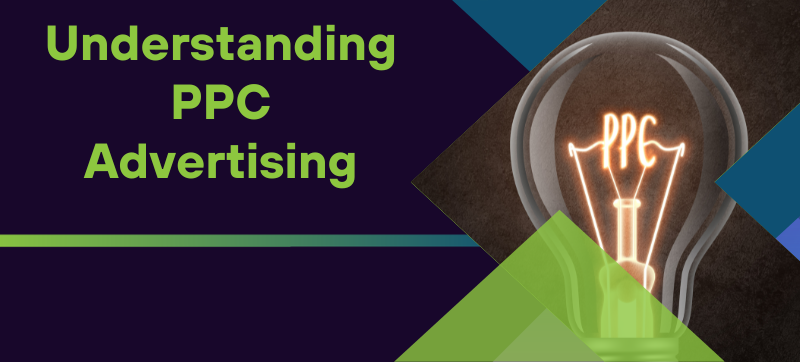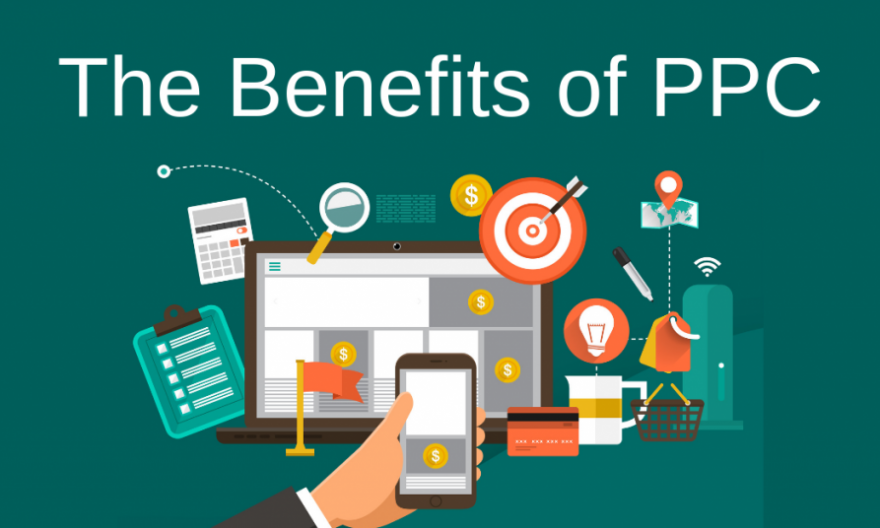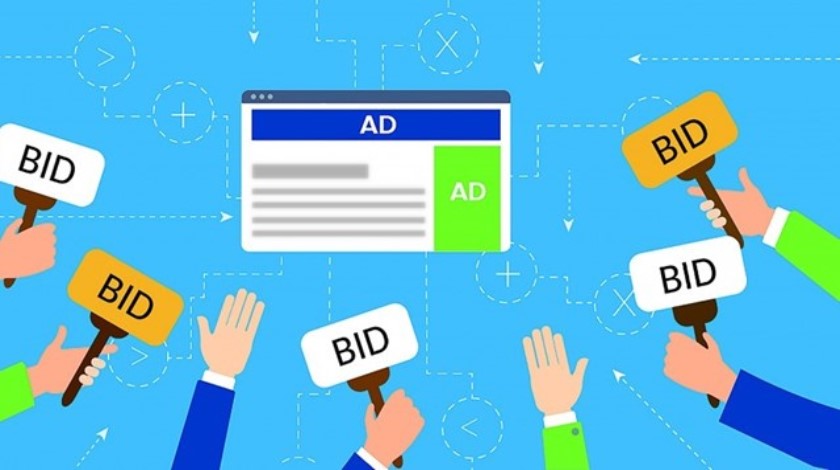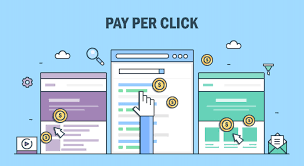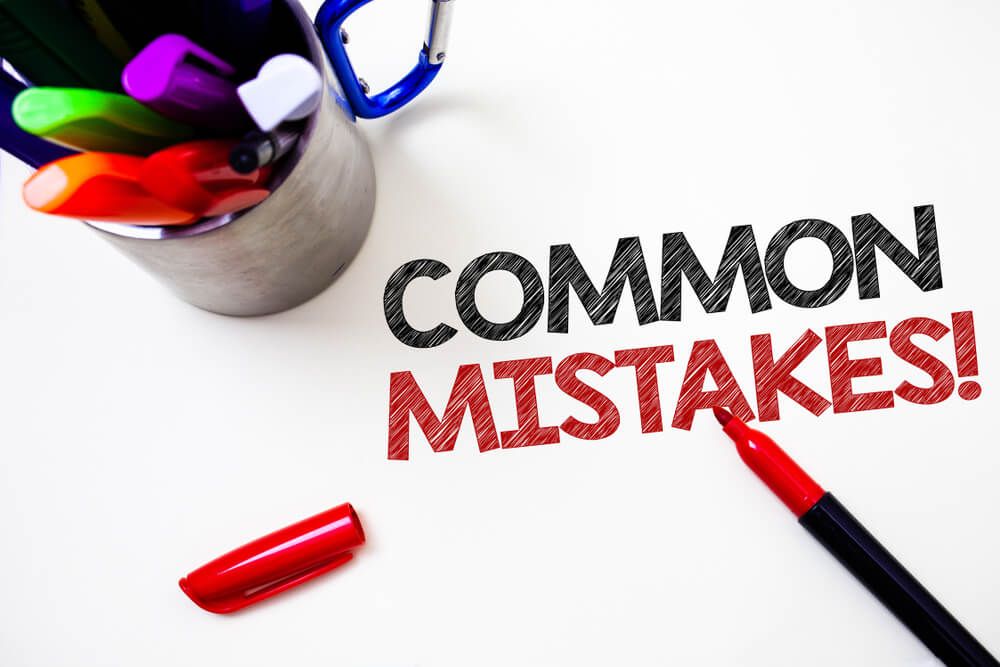Pay-Per-Click is a powerful marketing tool that can be very beneficial for your business, but only if used correctly. By following these seven steps, you can increase the ROI of your Pay-Per-Click campaign and get the most out of it. If you follow these steps, you increase the success of your Pay-Pe-Click campaign.
It’s essential to consistently monitor, analyze, and adapt your campaigns, striving for continuous improvement. As you scale and grow, remember to keep an eye on industry trends and shifts, ensuring your strategies remain competitive and effective.
Now, armed with the knowledge and strategies outlined in this blog, it’s time to embark on your Pay-Per-Click journey with confidence. Maximize your return on investment and watch your business soar to new heights in the world of digital advertising.



